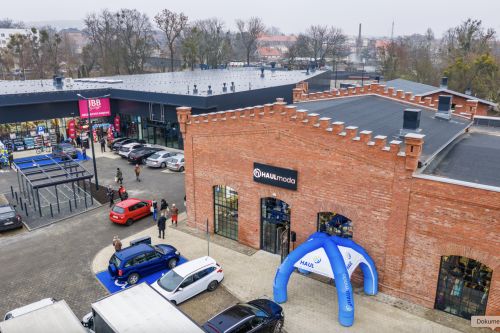The WIG20, at 1,980 points, has not hit such depths since July 2009. This took place despite the backdrop of healthy economic figures (GDP growth in Q3 of 3.4 pct), lower interest rates and the relatively good mood across the global stock exchanges. And the bourses were waiting for decisions from the main central banks. It is likely that interest rates in the US will go up this year, but the imminent prospect of an increase in the cost of money, which always negatively impacts the stock markets, has not had such a bad effect on investors’ moods just yet (in October the S&P 500 increased by 12 pct). On the other hand, central banks in the eurozone and China are tending to continue relaxing monetary policy (in Europe, quantitative easing plus negative interest rates, in China, interest rate reductions). Both the macroeconomic data from Europe (lower than expected GDP growth of 1.6 pct in the eurozone) and in China (GDP increased






























































